Revolution in mental health in Sant Boi. Discover how a watch can predict a depressive relapse
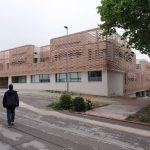



“There are no psychiatrists and psychologists in the world for full coverage but technology will help us reach everyone who needs it.” The Parc Sanitari Sant Joan de Déu leads a new paradigm in care: shorter admissions, outpatient follow-up and insertion
The ‘running’ watch on your wrist not only knows your heart rate and heart rate; the distance traveled and the speed recorded on the journey. Data that the athlete controls daily when he goes running around the city. In addition to the applications designed for urban sports lovers, this watch can be used for other purposes. One of them: mental health. This is what the members of a research team that is currently working in the new Research and Innovation Center (RISE) of the Parc Sanitari Sant Joan de Déu think. This is one of the projects that are underway at the Samboyan center and that aims to specify what types of applications a watch similar to the one described should have, but designed for patients who have overcome depression.
The watch or bracelet on the patient’s wrist may give clues about the likelihood of relapse. How will he do it? “Through these watches or bracelets, we could have key data to detect people’s stress: the variability of heart rate, for example,” explains the director of Teaching, Research and Innovation of the new center of the Parc Sanitari Sant Joan. de Déu, Josep Maria Haro. “Through the device, we could also access another element of analysis: the patient’s sleep patterns. And all this would help us detect the beginning of relapse.”
Algorithms to anticipate
Finally, experts will develop algorithms based on this data; and they will be able to anticipate the approximate moment of relapse. It is about anticipating the worst scenario and acting quickly to help the patient before they are once again trapped in the sticky web of the deepest sadness. Other teams from the same center have opened the door to lines of research that use virtual reality in cognitive rehabilitation treatment.

There are more ideas brewing in the mental health laboratory based in Sant Boi. “One focused on research into schizophrenia, another on resistant depression. “We are also measuring the effectiveness of a generation of psychedelic drugs on post-traumatic stress disorder, or depression.” But there are no drugs in the world and there are not enough psychiatrists or psychologists, warns the director of Teaching of the specialized center of the Parc Sanitari Sant Joan de Déu, “to care for all the people who suffer or will suffer in the future from mental illnesses.” This is the diagnosis on which the common factor that runs through most of the investigations that have been carried out since last summer in the health park based in the city of Baix Llobregat is based: technology. “Include new technologies in treatments. Yes, this is the link between many of the projects. Without technology it will be impossible to serve so many people,” concludes Josep Maria Haro.
New space of the Parc Sanitari
Behind this puzzle of ideas; research projects; collection and analysis of data that come together in the new space of the health park, the ultimate objective of Sant Joan de Déu is to share the knowledge cultivated in the recently inaugurated work areas. And advance that rope of knowledge by stretching it towards new terrains, fertile in science, knowledge and empathy regarding human suffering. The experts led by Dr. Haro have dedicated themselves to a mission: to transform the model for addressing mental health disorders in the 21st century.
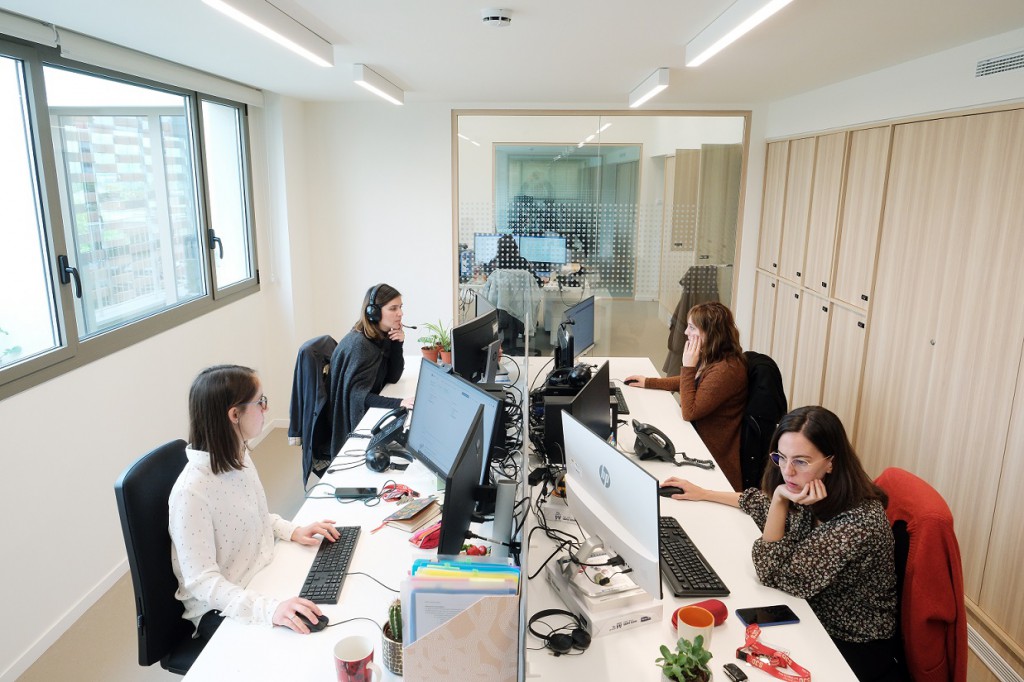
It is about changing the gaze and the shooting angle of the cameras that until now recorded mental disorders. “This paradigm shift becomes visible during and after the pandemic,” explains Dr. Antoni Serrrano, director of Mental Health at the health park. It represents a great change because society “becomes definitively aware of the problem” in 2020. Before the start of the Covid-19 pandemic, psychiatry had been developing for decades. From the 1950s to the 1980s, the number and type of medications increased, although classic treatments remained intact. These begin to change ten years later with transcranial magnetic stimulation, for example.
Recover vital balance
The objective was to find appropriate treatments and alter some brain conditions so that patients could regain their vital balance. The brain, that central organ that exercises control over the rest of the organs of the human body, and about which “we know more, but not enough.” What the scientific community does know, continues the director of Mental Health, is that “without family or social support, the patient who suffers from a chronic illness will go through long hospital stays, lasting months and even years.” And this is what the latest treatments, based on this new paradigm and perspective, aim to change.

“Psychiatry is evolving from a hospital model to a community model – explains Antoni Serrano – where treatment and supervision is done from outpatient clinics, day hospitals, community rehabilitation centers or mental health centers.” Whenever possible, the patient is inserted into society and is not isolated in a space where he or she lives exclusively with other patients. Therefore, admissions of a relatively short duration are imposed in the psychiatric model in Catalonia. “Patient response communities are multipurpose, almost individualized and adapted to each patient.”
Outpatient care
In this sense, Sant Joan de Déu carries out a pilot test that consists of offering the patient a range of care from 8 in the morning to 8 in the afternoon, as if it were an outpatient clinic. “The person can thus learn to live with the community, but if they have a problem with their neighbors, with their diet, with their lifestyle… they can come to the center and they will be attended to by us,” adds Dr. Serrano. There are other forms of care: home hospitalization (the patient follows the treatment from home); or specific programs aimed at different groups: migrants, disabled people or homeless people. Without forgetting, the treatments aimed exclusively at families.
Unknown origin
We do not know the origin of mental illnesses, but we do know some of the factors that trigger them. All currents of knowledge have contributed their theory to explain why human suffering can end up spreading the disease. Psychology, through words, delves into the family, affective and emotional environment. Biological psychiatry studies how alterations in the brain maturation process during adolescence can be altered. Some mental illnesses are linked to the organic process of the brain and others arise from the family, social, work environment… A bad step in life, the story of others on that person’s shoulders, a word, an accident, an attack. The script of life seems like a survival story. Each and every one of us leaves home confident to enjoy a new day, but we run the risk of encountering an unexpected obstacle. That social jungle that surrounds us is a place full of opportunities and an immense surface to explore. A potentially wonderful space that, however, harbors dangers lurking and ready to attack us at any moment.
Psychiatrists cannot regenerate the brain, but they do help restore balance to the vital organ. In this arduous task, professionals have found two allies: the fight of patients’ families to end the stigma of mental health; and the complicity of a large part of society that understands more and more, displays greater scientific training and empathizes with families and patients. III
| The excellence of a benchmark in Europe |
 The Parc Sanitari Sant Joan de Déu inaugurated the Research and Innovation center (RISE) last July. The ultimate objective of this space is to bring together excellence in the field of mental health and be a reference in Europe. It has an area of 3,000 square meters. 200 professionals work in the building, leading 160 research projects. The works for the construction of the new center have involved an investment of more than 6 million euros; two of which come from a subsidy from FEDER funds, managed by the Department of Universities and Research of the Generalitat of Catalonia. The Parc Sanitari Sant Joan de Déu inaugurated the Research and Innovation center (RISE) last July. The ultimate objective of this space is to bring together excellence in the field of mental health and be a reference in Europe. It has an area of 3,000 square meters. 200 professionals work in the building, leading 160 research projects. The works for the construction of the new center have involved an investment of more than 6 million euros; two of which come from a subsidy from FEDER funds, managed by the Department of Universities and Research of the Generalitat of Catalonia. |
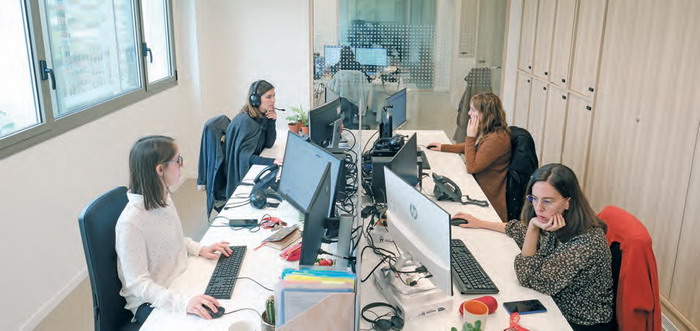
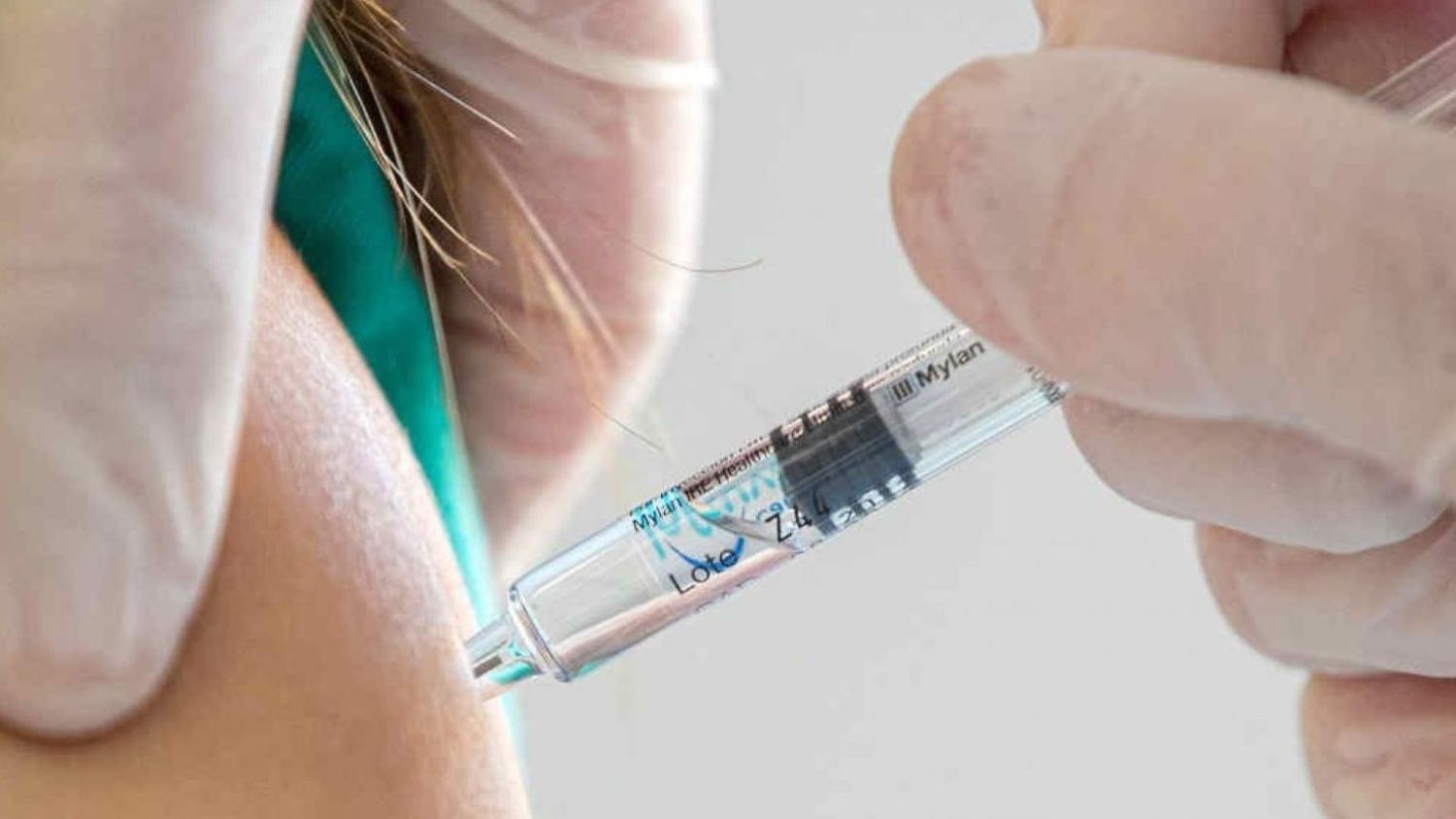

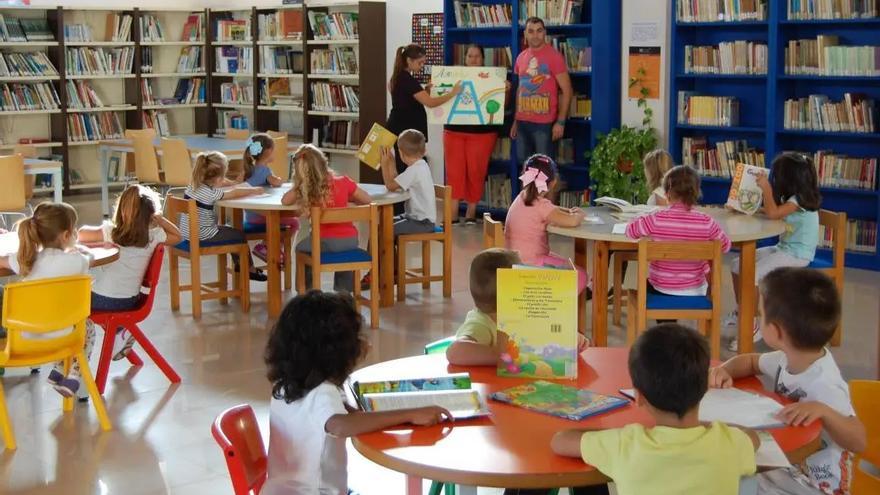
Post Comment